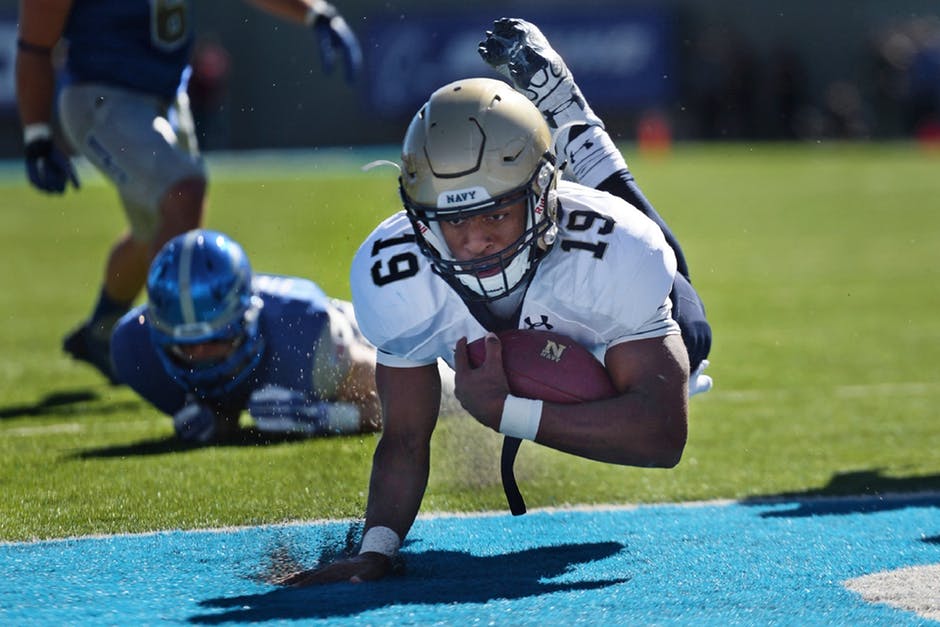Coaches that work with athletes that sprint are familiar with hamstring strains, it’s something that plagues sprinting athletes. Over the years a lot of culprits have been investigated. Today, the thinking seems to be that it occurs as the leg is being swung forward and preparing to shift from extending the knee to extending the hip.
With that in mind, the strength of the hamstrings and the ratio of that strength relative to the quadriceps are considered to be important factors in hamstring injury prevention by some. In the Journal of Strength and Conditioning Research, Guex et al have a study looking at a training intervention to strengthen the hamstrings in national-caliber sprinters.
Their subjects were national-caliber sprinters (13 women, 7 men) with mean personal bests of 12.18-12.37 for the women in the 100 meter, 10.64-11.15 for the men, 54.05-55.54 in the 400 meter sprint (women) or 48.87 men, and 60.36-61.32 in the 400 meter hurdles (women only).
This was a six-week study where all the athletes performed their standard track and field training during the study. They also performed their normal weight training programs. However, athletes were requested to exclude any eccentric hamstring exercises from the program. Athletes were evaluated on isokinetic strength measures of hamstring and quadriceps peak torque before and after the study.
The subjects were divided into two groups, one did the training intervention and one did not. The group that did that did the training did two sessions per week which included two exercises: an eccentric knee extension and an eccentric hip flexion. The knee extension involved flexing the knee on the leg curl and then resisting it on the way down. The eccentric hip flexion involved standing with the hip extended and resisting it as it was lifted up. The program progressed from 2 sets of 12 reps at 80% of 1-RM to 3 sets of 6 reps at 110% of 1-RM by the end.
Results:
- Peak torque improved for hamstring concentric motions at all speeds tested for both groups; ranging from less than 1% improvement for the control group to more than 15% in the eccentric group.
- Peak torque improved for hamstring eccentric motions at all speeds tested for both groups; ranging from 5% for the control group to 19% for the eccentric group.
- Peak torque improved in a similar manner for both groups, 3-6% depending upon the speed studied.
- With the exception of quadriceps measures, the eccentric group made better gains (4 to 20% compared to 1 to 7%).
- Because the hamstring peak torque improved so greatly in the eccentric group, the hamstring to quadriceps ration increased across each velocity tested. It declined some for the control group.
If peak torque and the hamstring:quadriceps ratio are risk factors for hamstring injuries associated with sprinting, then this training intervention would seem to address the risk factors for hamstring strains. What is interesting is the size of the loads (80-110% of 1-RM) that were used in the study, many coaches are more conservative in their training programs.
Now, it’s unclear if this program actually worked. In other words, we know that the program improved hamstring peak torque and addressed several of the theoretical risk factors associated with hamstring strains. But, we don’t know if the incidents of hamstring injury declined as a result of the training.
Having said that, it’s good to see studies like this – particularly that are using higher level track and field athletes.
Guex, K.J., Lugrin, V., Broloz, S., and Millet, G.P. (2016). Influence on strength and flexibility of a swing-phase specific hamstring eccentric program in sprinters’ general preparation. Journal of Strength and Conditioning Research, 30(2), 525-532.




